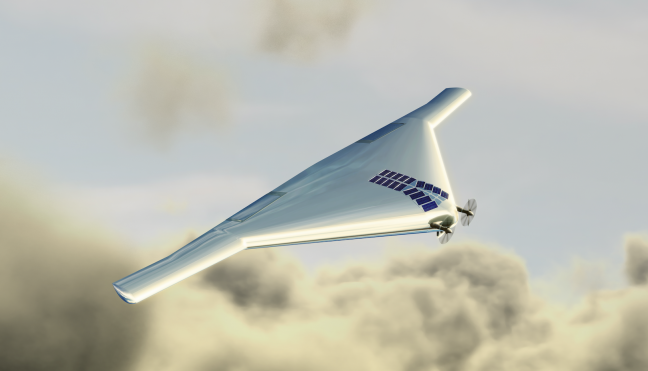Scientists have been searching for the possibility of life beyond Earth. In their pursuit, they’ve looked at Venus, which has recently raised speculation because of the possibility of life in its clouds.
Sanjay Limaye, a planetary scientist at University of Wisconsin’s Space Science and Engineering Center, said the possibility Venus has life in its clouds is very likely. Some models point out Venus once had a habitable climate with liquid surface water for at least 2 billion years, he added.
Limaye also noted it is unknown when Venus’ liquid surface water evaporated due to extensive lava flow that occurred over the last billion years, which has covered up or destroyed the planets terrestrial history.
“Venus [currently] has no seasons, no land-ocean contrast, no liquid oceans, no hydrology and a slow rotation rate,” Limaye said.
Venus’ surface temperature is known to go beyond 450 degrees Celsius, making it inhabitable, Limaye said. Venus’ clouds, though, show the potential for life due to its favorable physical and chemical conditions.
The chemical conditions include the presence of carbon dioxide, water, sulfur compounds and moderate temperatures, Limaye said.
UW collaborates with NASA to conduct research on Arctic’s radiant energy
On Earth there are microorganisms — mostly bacteria — that are known to be capable of being swept up into the atmosphere up to 41 kilometers high and were found alive, said Rakesh Mogul, a professor of biological chemistry at California State Polytechnic University, Pomona.
This is a theory that could explain the possible lifeforms located in Venus’ clouds.
Mogul noted there are examples of microorganisms that can survive under very acidic conditions. These microorganisms can feed on carbon dioxide and produce sulfuric acid. This is important because in Venus’ clouds, there are dark patches that can’t be observed and no one knows what the patches are composed of.
“We don’t really know what these dark patches are composed of, but there are ideas,” Mogul said. “Spectroscopy shows that the dark patches matches with things like iron, chloride, elemental sulfur, etc., but no one knows exactly what is in there. This is because things are floating and moving around, constantly changing.”
On a macroscopic level, the way the dark patches moved around and the different density they had made them almost look like they were algae bloom — like what is present in the ocean and certain lakes.
Grzegorz Slowik of University of Zielona Góra in Poland made Limaye aware of the notion of a bacteria found on Earth that had light-absorbing properties similar to the unknown light-absorbing properties found in Venus’ dark patches. Through the use of spectroscopic observations, it was determined the dark patches were composed of concentrated sulfuric acid and other unknown light-absorbing particles.
“We haven’t actually taken a microscope and seen what is located in the dark patches,” Limaye said. “Our knowledge right now of what’s located [in the dark patches] is from remote sensing.”
Astrobotany gets a new look: New research generates fashion line
Because there is no actual photo of the cloud particles and the particles are below the diffraction limit, it is hard to observe, Limaye said.
To explore the possibility of life among Venus’ clouds, the idea of VAMP — Venus Atmospheric Maneuverable Platform — was introduced. Limaye explained VAMP is an idea that Northrop Grumman, an American global aerospace and defense technological company, is working on.
VAMP is an aircraft that is able to fly like a plane and float like a blimp, which would allow it to stay afloat in Venus’ cloud for a year to gather data and samples. Limaye said VAMP could include instruments like solar panels, spectrometers, meteorological and chemical sensors, and Raman Lidar, a ground-based laser sensing instrument that measures water-vapor mixing ratio, temperature, aerosol and cloud optical properties.
Currently, Limaye explained to get VAMP to Venus, it would need to be transported via rocket into Venus’ orbit. VAMP has a wingspan that spreads 20 meters across and would be have to be folded before being deployed. It would tunfold and gently float into Venus’ cloud.
Limaye said VAMP’s timeframe of when it will be launched for an expedition would be around 2028 or 2029, but by 2031 at the latest.





















